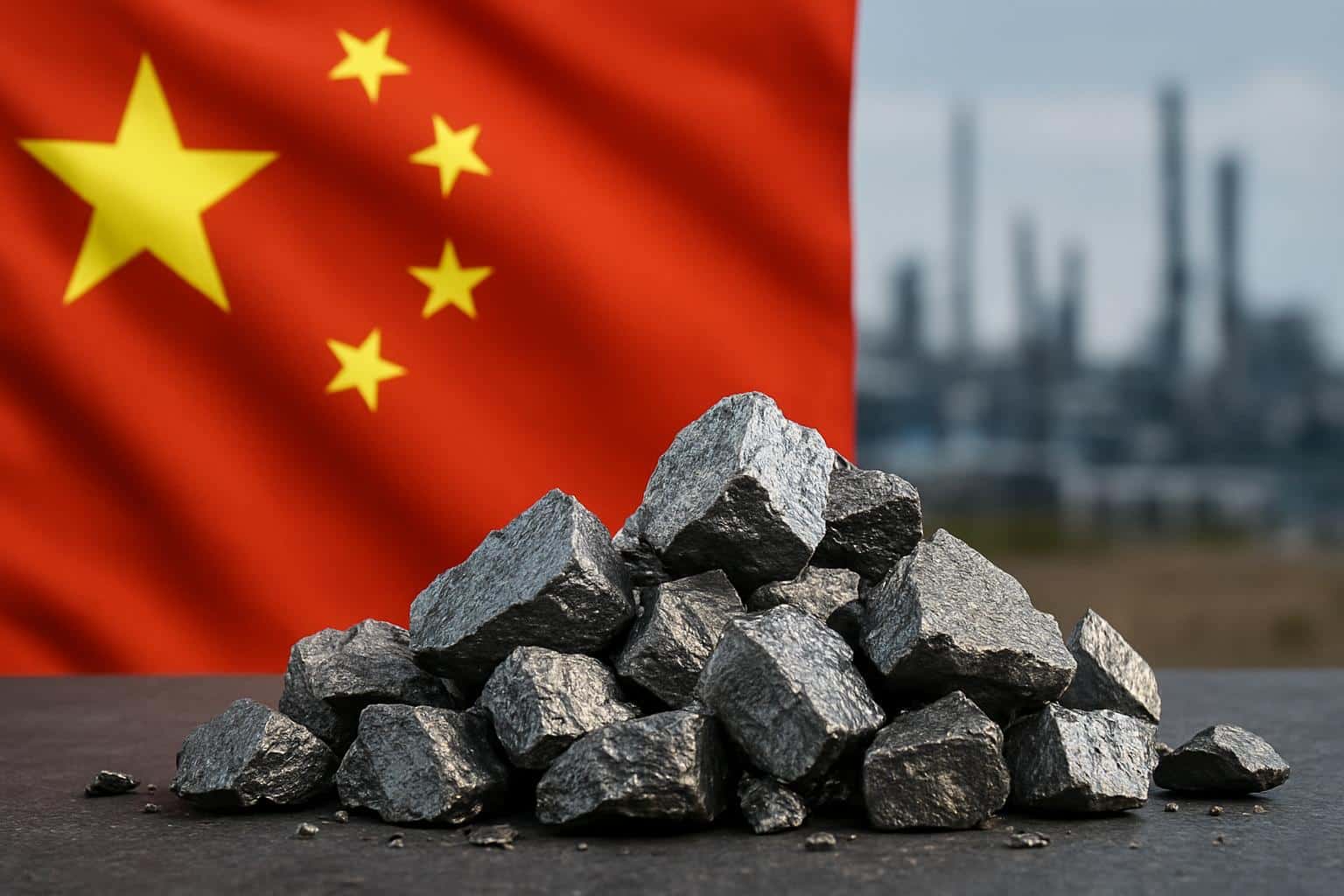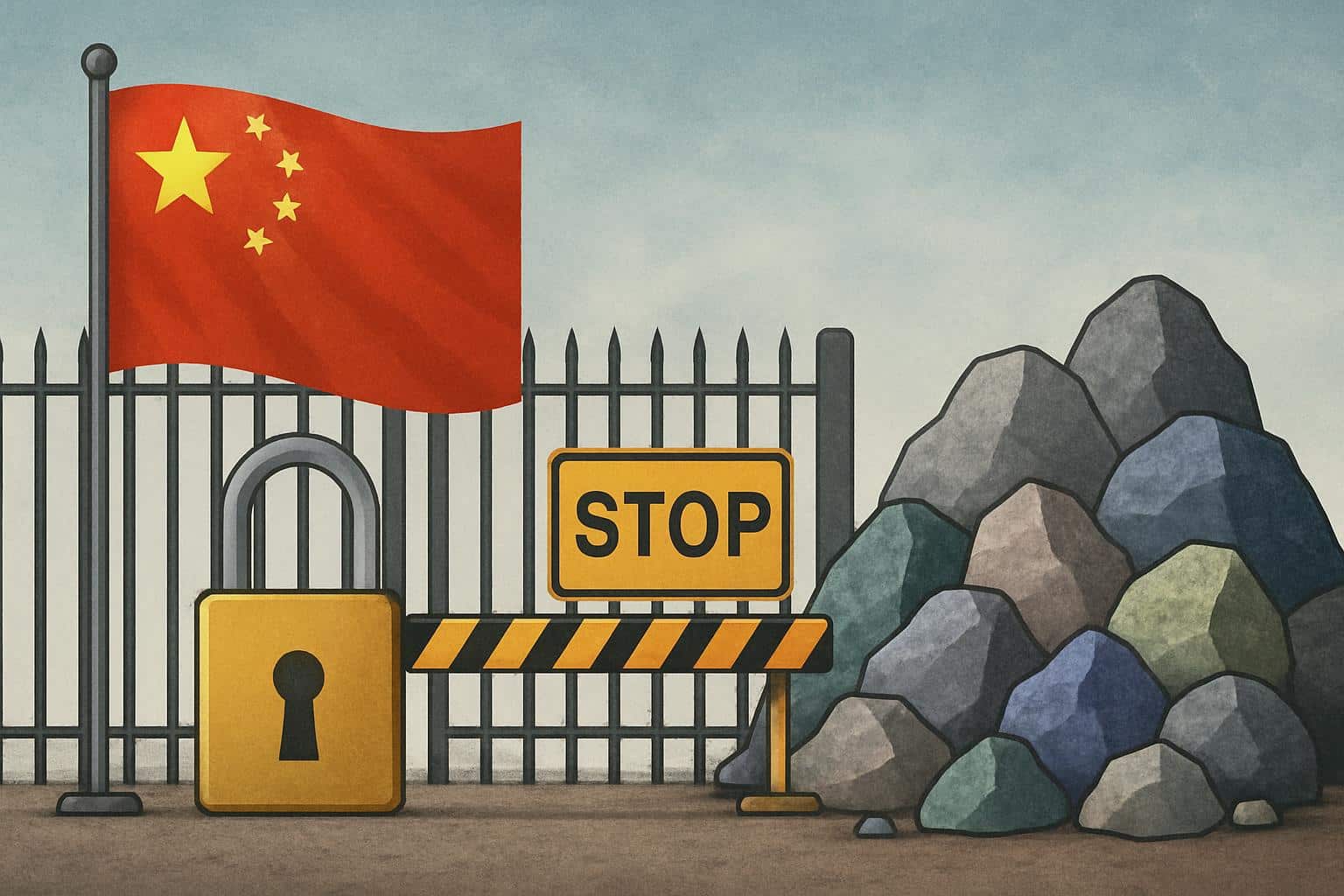China has ramped up restrictions over rare earth exports and related know‑how a number of times, now adding 23 more elements to its restricted list and tightening licensing requirements that reach into global supply chains. The Commerce Ministry said the restrictions are intended to protect national security and have “clear exceptions” for humanitarian use, while imposing stricter checks on sensitive end users.
The rules widen the scope of controlled rare earths and now also include mining, separation and refining technologies. Exporters need to obtain licenses even if their products contain small amounts of Chinese‑sourced rare earths, or use Chinese technology in the manufacturing process. Defense agencies are effectively blocked, and applications for semiconductors will be reviewed on a case-by-case basis.
- What the New Controls Address in China’s Export Rules
- Why It Matters for Supply Chains and Manufacturers
- A Strategic Response To Foreign Tech Curbs
- Who Is Most Exposed to China’s Rare Earth Controls
- Price and market signals to monitor amid new curbs
- Compliance and workarounds for exporters and buyers
- The bottom line for clean tech and electronics buyers

What the New Controls Address in China’s Export Rules
In addition to physical materials, these controls also cover equipment, process know‑how and technical assistance necessary for the development of extraction, separation and magnet manufacturing. That makes the regime a classic “end‑use and end‑user” construct more than a straightforward ban on commodities, ramping up compliance overhead for multinationals with multi‑step supply chains and contract manufacturers.
Licenses will be based on proof of content source, use and final recipient. Traders anticipate a strict approach from China Customs and provincial commerce departments, particularly on orders connected to sophisticated electronics, aerospace or defense.
Why It Matters for Supply Chains and Manufacturers
China produces about two‑thirds of the world’s rare earth mine output and approximately 90% of its processing capacity, according to the U.S. Geological Survey. That domination is even more overwhelming for high‑purity oxides and metals that go into neodymium-iron-boron (NdFeB) permanent magnets — the beating heart of EV traction motors, wind turbines, industrial drives and precision defense systems.
Magnet rare earth demand could multiply several times over as electric vehicles and renewables grow, the International Energy Agency forecasts. Even tiny gluts in licensing approval times can flow through the just‑in‑time production process and push up spot prices for neodymium-praseodymium (NdPr) oxide and heavy rare earths like dysprosium and terbium that enhance magnet performance at high temperatures.
A Strategic Response To Foreign Tech Curbs
Beijing’s move is akin to the thinking behind the U.S. Foreign Direct Product Rule, a measure that stretches American controls across borders to choke points for semiconductor equipment and chips. By making access to rare-earth materials and intellectual property contingent on acceptance of Beijing’s tech-trafficking métier, China is claiming leverage at a crucial node of clean energy and high‑end manufacturing.
And this is not the first flex. China has in the past imposed controls on gallium and germanium, while inspections of graphite shipments had industry-specific ramifications. A decade before that, quotas and duties on rare earths spawned a victorious World Trade Organization case by major importers, emphasizing how these minerals have never failed to slosh across the landscape of geopolitics.

Who Is Most Exposed to China’s Rare Earth Controls
Makers of magnets in Japan and South Korea, European producers of high‑spec motors and electronics groups in the United States that rely on specialty alloys are on the front line. Others with direct Chinese oxide and metal dependence — particularly for heavy rare earths — are at the greatest near-term risk of delays and cost inflation.
There are a number of Western projects trying to dull that exposure. Lynas Rare Earths also operates outside China, with processing in Malaysia and a new separation facility under construction, and MP Materials is constructing an integrated mine‑to‑magnet chain in the United States. Europe has proposed a Critical Raw Materials Act to fast-track permitting processes. Japan holds strategic stockpiles through its national agency JOGMEC. These buffers are helpful, but they have not yet matched China’s scale in separation and metals.
Price and market signals to monitor amid new curbs
Spot quotes for NdPr oxide and dysprosium are the clearest early signs of stress. Traders also monitor processing day rates and the premium attached to heavy rare earths that first soar when export paper slows down. Analysts at S&P Global Commodity Insights and their counterparts at Wood Mackenzie foresee elevated volatility as buyers refill safety stocks and redirect orders.
Recycling and substitution are still partial release valves. Magnet scrap recycling is increasing and some automakers explore induction or ferrite-based motors for isolated models. But performance requirements in long‑range EVs, offshore wind and precision guidance are going to keep demand tied to NdFeB magnets with additives of dysprosium or terbium.
Compliance and workarounds for exporters and buyers
Look for stricter supplier audits, origin tracing and contractual terms to insist that Chinese content and technology be justified. And some buyers will attempt to turn to non‑Chinese oxides routed via Southeast Asia, but authorities have increased checks in a bid to curb transshipment. The General Administration of Customs has also added analytics to match license filings with customs declarations to minimize the opportunity for mislabeling.
Enterprises with dual‑use portfolios, civil and defense, need to be prepared for that additional scrutiny even when the vast majority of their shipments are commercial in character. Transparent product ranges, end‑use certifications, and early regulatory discussions will reduce lead times.
The bottom line for clean tech and electronics buyers
In casting the net over rare earth materials and know‑how, China is tightening a lever that it alone can control. The immediate result is administrative friction, but the strategic message is clearer: access to the building blocks of clean energy and advanced electronics will be for sale on Beijing’s terms. For those who produce everything from EVs to semiconductors, resilience today rests on multi‑sourcing, clear origin tracking and fast-forwarded investment in processing outside China.

